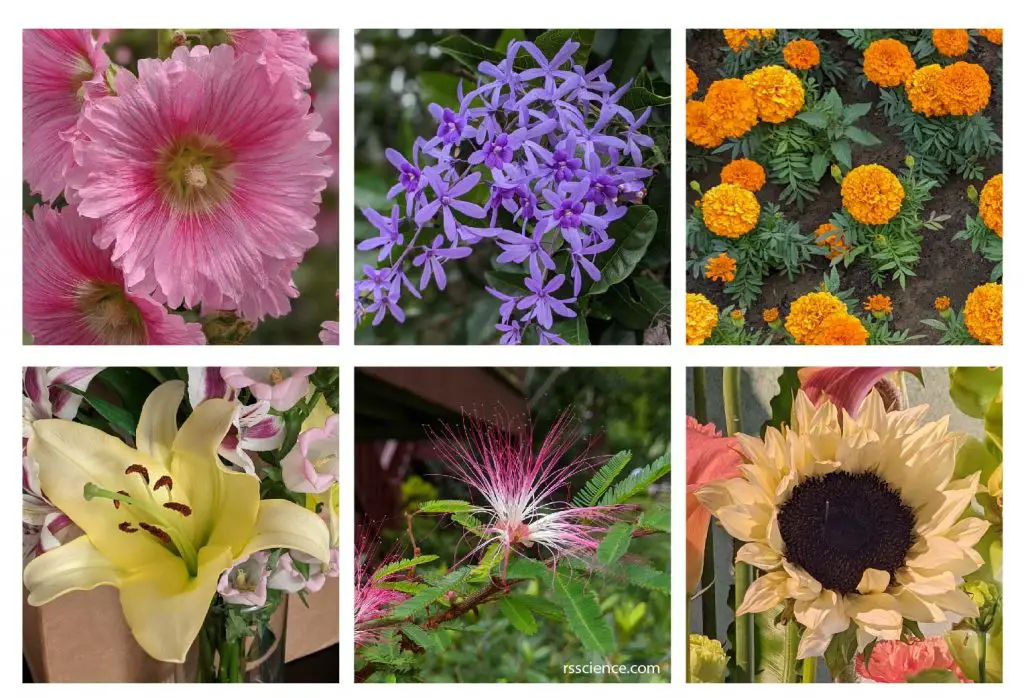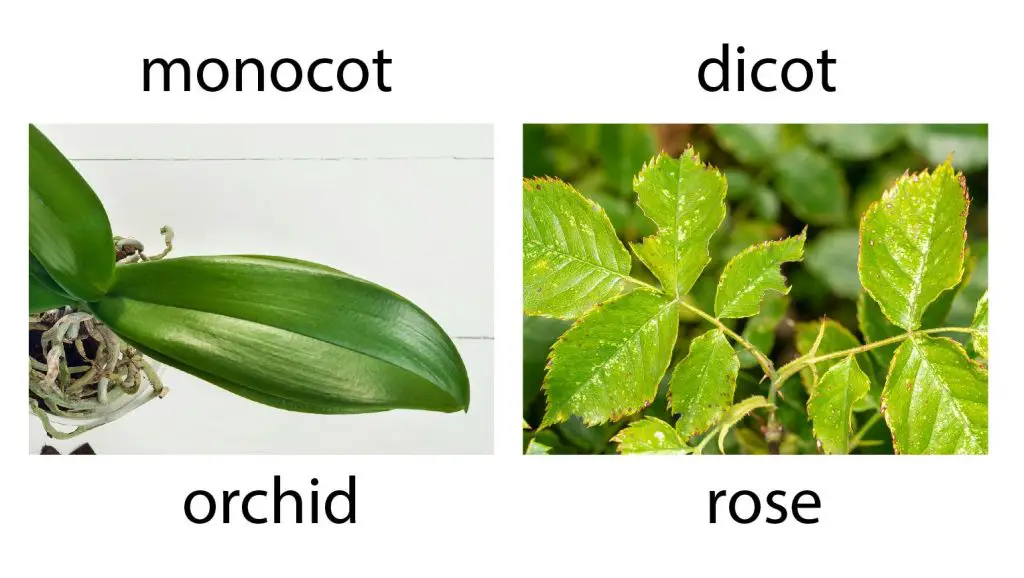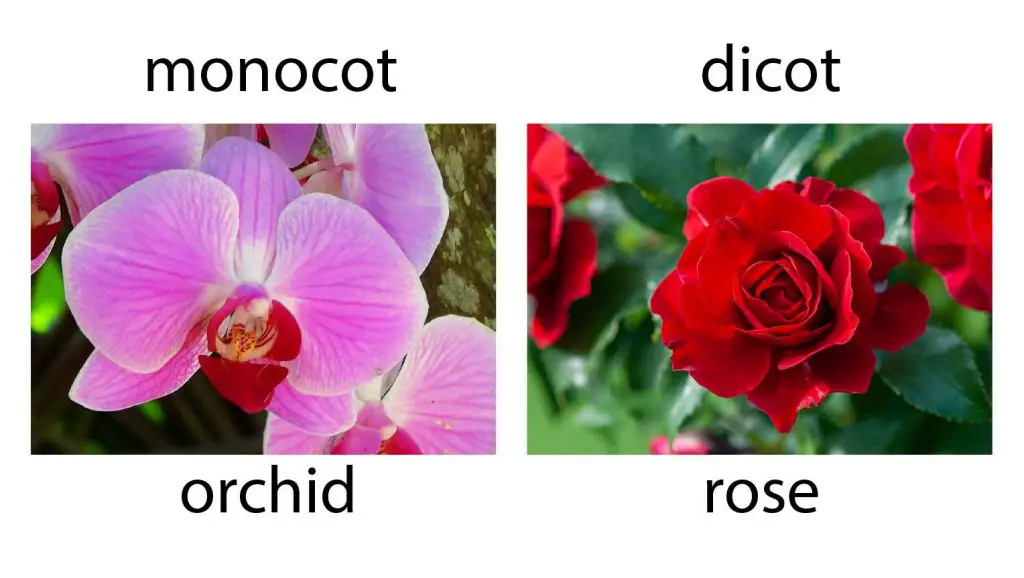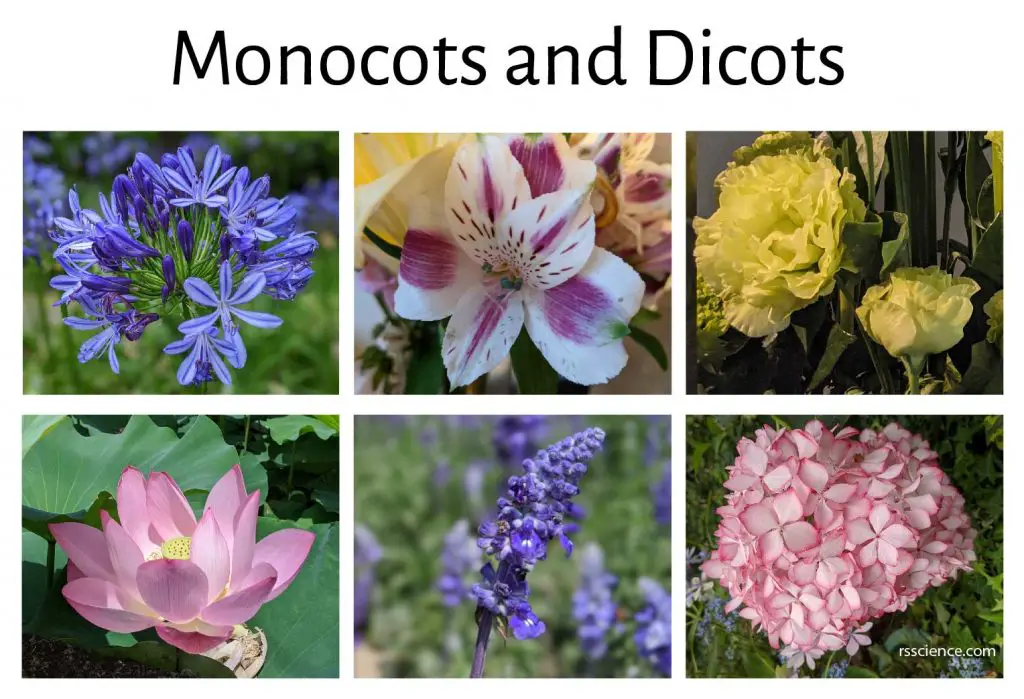This article covers
How to identify mono vs. dicot plants in your garden
When you see dozens of plants in your garden, do you often compare them? Do you classify them according to the shape of their leaves or the type of their stem? How about these colored flowers? That wouldn’t be surprising as plants in your garden are categorized into two: monocots and dicots. How do you identify the difference between monocots and dicots? Read on to know more.

What are mono and dicot plants?
Monocots
Monocotyledons or monocots refer to seeds that contain only one embryonic leaf or cotyledons. They also have fibrous root systems with diffused vascular bundles or have leaves with parallel veins and flowers in parts of multiples of three. This means that you can see parallel lines on the leaves, and when you pull out a monocot plant, you can see stringy, crisscrossing roots at the bottom.
Common examples of which are corn, rice, wheat, orchids, bamboos, and bananas, to name a few.
Dicots
Dicotyledons or dicots, on the other hand, refer to seeds that have two embryonic leaves. One of their characteristics is that they have a tap root system or a large central root with smaller roots branching out. Unlike the monocots, dicots have a ring of vascular bundles and leaves with net-like or reticulate veins. The flowers also have four or five parts.
Examples of dicot plants include peas, almonds, pecans, and walnuts, among others. The cotyledons in these plants store abundant energy that supports the new sprout before the leaves support the whole plant through photosynthesis. Roses, sunflowers, chrysanthemums, and sunflowers are also dicot plants.
How do they differ?
How can you tell the difference between the two? They usually differ in five structural features: roots, seed, leaf, stem, and flower.
The Roots
Monocot roots do not usually expand in diameter as they age. They grow more roots, instead. On the other hand, Dicots have a long and deep main root or the taproot where other smaller roots branch off.
The Seeds
As the names suggest, a monocot has a single embryonic leaf or cotyledon, while a dicot has two.
The Leaves
Monocots and dicots have different leaves. Monocots usually have leaves with parallel veins, while dicots have “branching veins” or net-like veins. Leaves are an essential part of the plant as they are in charge of feeding the whole plant through photosynthesis.

The Stem
As a monocot plant grows, its stem arranges the vascular tissue sporadically or is scattered in the plant’s interior. This is the total opposite of a dicot’s organized and orderly manner, which arranges the tissues into a ring or donut-like structure.
The Flowers
The last distinct feature between the two is the flower. Monocot flowers come in threes or multiples of threes, while dicot flowers come in fours or fives.

Conclusion
You may be wondering what’s the importance of identifying whether a plant is a monocot or dicot. Understanding the kind of plant you are growing in your garden can be deemed useful. Knowing their structures will help you nourish and grow them well, especially if you’re using products to help them grow. It is always a good idea to learn a thing or two about your plants. So, enjoy identifying your plants in the garden.
Learn more gardening secrets from our friends from Garden Simply! You can check out their list of best garden tool sets for gardeners in their blog – a guest post by Garden Simply.

